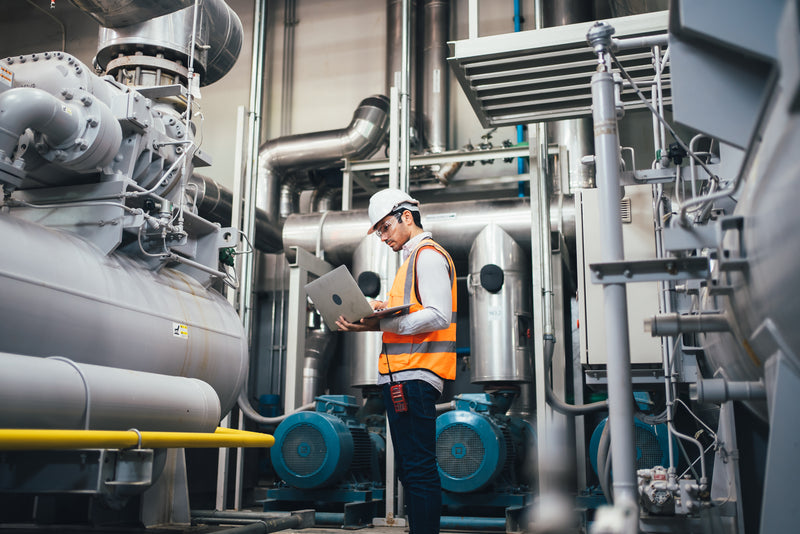Choosing the right air compressor for construction projects is a crucial decision that can significantly impact productivity, efficiency, and overall job site performance. Construction work often demands reliable and powerful tools to handle tasks such as operating pneumatic tools, inflating tires, or cleaning debris. Therefore, understanding the various types of air compressors and their capabilities is essential before making a purchase. The decision involves considering factors such as compressor type, power source, tank size, portability, and duty cycle to ensure the equipment meets the specific needs of the job. There are several types of air compressors commonly used in construction, including piston reciprocating compressors and rotary screw compressors. Piston compressors work by compressing air in a cylinder using a piston, making them ideal for smaller jobs or intermittent use due to their lower cost and simplicity. On the other hand, rotary screw compressors provide a continuous flow of compressed air and are better suited for heavy-duty, large-scale construction projects where consistent power output is necessary. Knowing the difference between these types helps contractors select equipment that aligns with the intensity and duration of their work.

The power source is another significant consideration when choosing an air compressor. Compressors can be powered by electricity, gasoline, or diesel. Electric compressors are often preferred for indoor or enclosed site work because they produce no emissions and are quieter. However, gasoline and diesel compressors offer the advantage of portability and higher power output, which is beneficial for outdoor or remote locations where electricity may not be available. The choice largely depends on the work environment and availability of fuel or power sources. Tank size impacts the air compressor’s ability to deliver a steady air supply. Larger tanks store more compressed air, reducing the frequency of the compressor cycling on and off, which can extend tool life and improve efficiency and look here https://adorable-home.com/smart-home/preventative-maintenance-to-avoid-costly-compressor-repairs-76671/. Smaller tanks are lighter and easier to transport, but they may not meet the demands of prolonged or heavy use. Matching the tank size to the intended applications ensures optimal performance without unnecessary strain on the equipment.
Portability is often a key factor on construction sites where equipment needs to be moved between locations. Portable air compressors come with wheels and handles to facilitate easy transport, while stationary models are better suited for fixed operations with high air volume needs. Evaluating how often the compressor will need to be relocated and the terrain of the job site can guide the selection of a portable versus a stationary model. The duty cycle how long the compressor can run before needing to rest is a vital technical aspect to review. Construction projects typically require compressors that can operate for extended periods without overheating or shutting down. Selecting a compressor with a duty cycle that matches the intensity and duration of use will prevent downtime and maintain steady productivity. Taking the time to evaluate these factors ensures that the chosen air compressor effectively supports construction tasks, enhances workflow, and provides reliable service over time.
